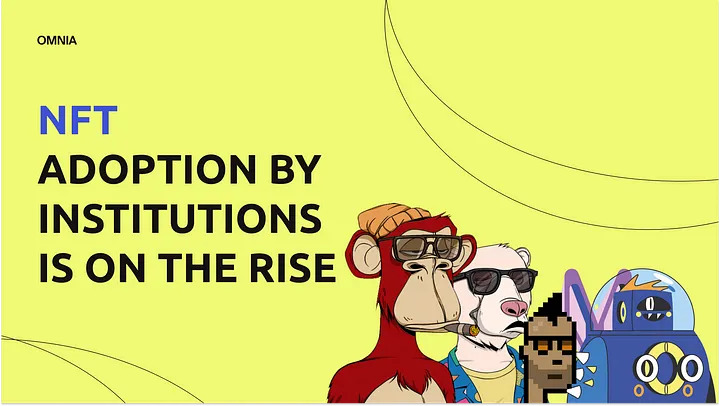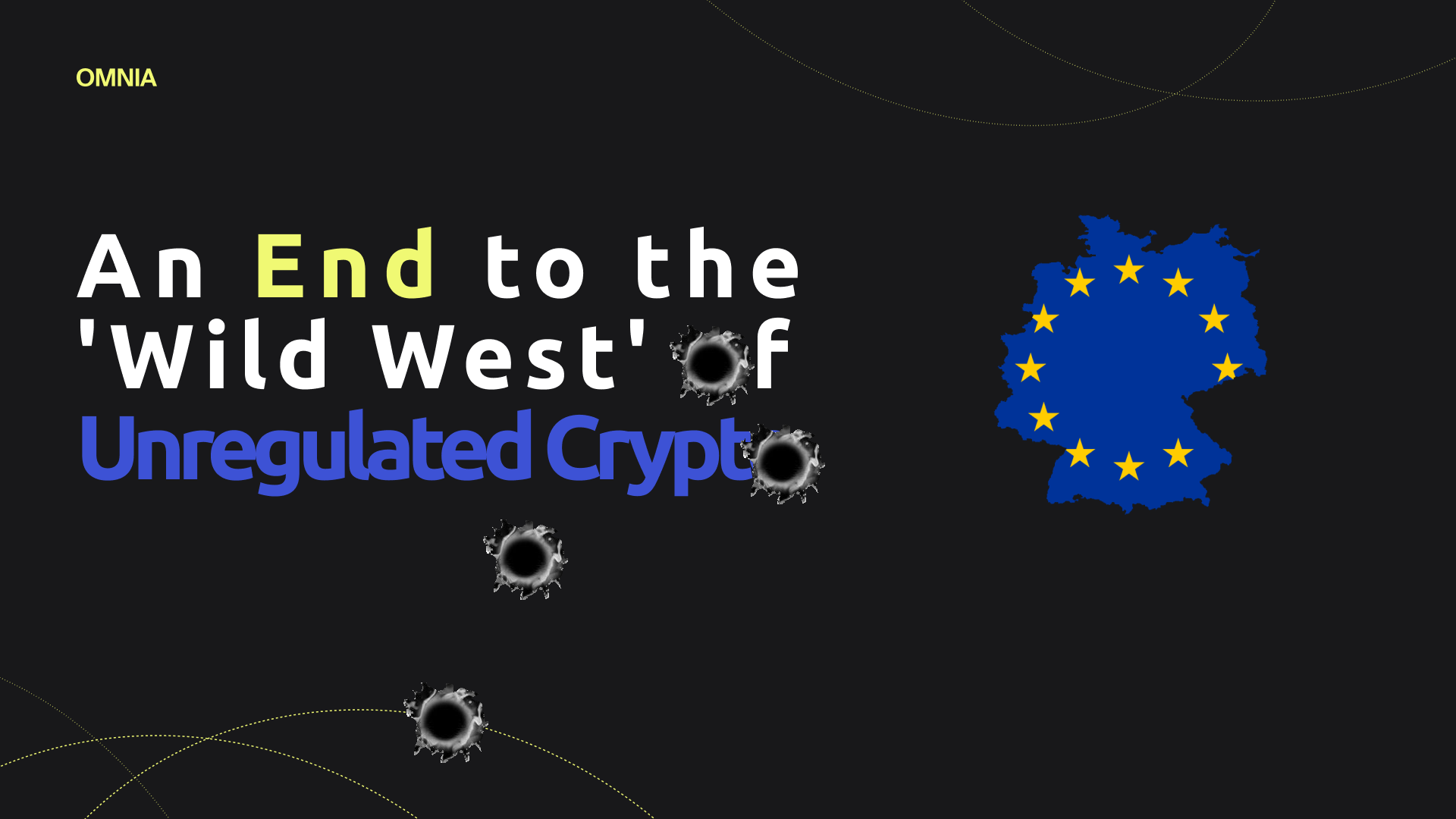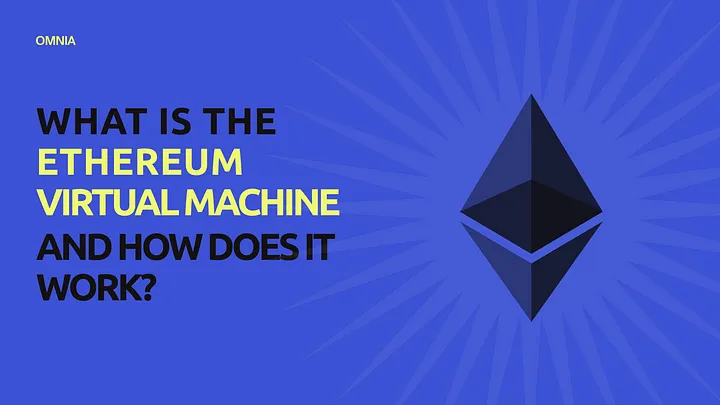
NFT Adoption by Institutions is On the Rise.
The concept of Non-Fungible Tokens (NFTs) became well known in the crypto-verse in late 2017 when CryptoKitties caused congestion on the Ethereum blockchain and increased its gas fees significantly.
Since 2017, NFTs have slowly made their way into the mainstream, with digital collectibles belonging to notable projects, such as CryptoPunks, DeGods, and Bored Apes, commanding a significantly high floor price on marketplaces such as OpenSea and Magic Eden.
What Exactly is an NFT?
In simple terms, a Non-Fungible Token is a cryptographic asset on the blockchain with unique identification codes and metadata that allows it to be distinguished from another. The uniqueness of each NFT means that one token cannot be equal to another hence the name, Non-fungible.
Fungibility is defined as the ability of a good or asset to be interchanged with other individual goods or assets of the same type. Hard cash is an excellent example of a fungible asset. One dollar can be easily exchanged for another dollar of equal value. Similarly, Bitcoin is fungible because it can be exchanged for another BTC.
Institutions Have Embraced NFTs To Better Connect with their Consumers.
The last two to three years have been a period of rapid growth for NFTs based on the earlier mentioned projects’ popularity and the high value some of the digital collectibles command on the various marketplaces.
This has led institutions to follow generation X, millennials (generation Y), and Zoomers (generation Z) into the depths of NFTs to better connect with their consumers as they embrace all the facets of Web3.
Examples of notable institutions that have recently embraced NFTs include:
- VanEck, a global investment management firm, is launching 1,000 community NFTs.
- Playboy magazine is partnering with Sandbox to launch exclusive NFTs within its Playboy Mansion on the MetaVerse.
- Coca-Cola recently created 136 NFTs celebrating the LGBTQIA+ community.
- Napster is planning a comeback by launching its own token and NFTs.
- LimeWire has also announced plans to launch its own token and NFTs.
- ViacomCBS, the parent company of Nickelodeon, MTV, CBS, BET, Comedy Central, Paramount Pictures, and Showtime Networks, plans on creating NFTs later this year, focusing on building communities around shows and films across its brands.
- Meta recently started testing NFT features on both Facebook and Instagram.
- Starbucks plans to launch NFTs later this year and build communities around them.
- The NBA now uses NFTs to mark memorable moments of gameplay.
- Time Magazine publishes some of its editions as NFTs.
- Nike has launched NFT sneakers, known as CryptoKicks.
- Gucci has taken fashion to the next level with its SUPERGUCCI NFTs.
From the examples above, it can be concluded that institutional adoption of NFTs is snowballing to keep up with Web3 adoption.
NFTs Use Cases Beyond Art and Digital Collectibles.
The non-fungible aspect of NFTs means their use can be expanded beyond art and digital collectibles. Individuals and institutions can use NFTs to issue sensitive documents such as business contracts, insurance policies, patents, vaccine certificates, and generally any document that needs to be unique and verifiable.
Additionally, NFTs can be an investment or a store of value in the same way collectors buy priceless art with the mindset that each painting will retain or increase its value over time. For example, the financially embattled Three Arrows Capital is rumored to own roughly $7.5 million worth of NFTs.
Musicians and artists can use NFTs to safeguard their music and video creations against piracy, ensuring they get proper compensation for their work. LimeWire and Napster have hinted at using NFTs in such a manner alongside the issuance of concert tickets and exclusive backstage access.
Non-fungible tokens could also be essential in the fight against climate change by using them to purchase, sell and verify carbon credits.
Conclusion.
In short, NFTs have come a long way since December 2017, when CryptoKitties brought the Ethereum network to a standstill. Their popularity through digital collectibles has seen some NFTs, such as CryptoPunks, DeGods, and Bored Apes, being valued in the thousands and even millions of dollars.
As a result, institutions have followed their consumers in embracing NFTs, with popular brands launching Non-Fungible tokens to keep up with the ever-evolving Web3 industry.
Additionally, NFT use-cases go beyond art and digital collectibles. They can be used as investments and in the issuance of sensitive documents. NFTs can also be used to safeguard music and video creations from piracy and even for the buying, selling, and verifying of carbon credits.
More NFTs use-cases will likely pop up with time and as adoption increases in the next few years.


